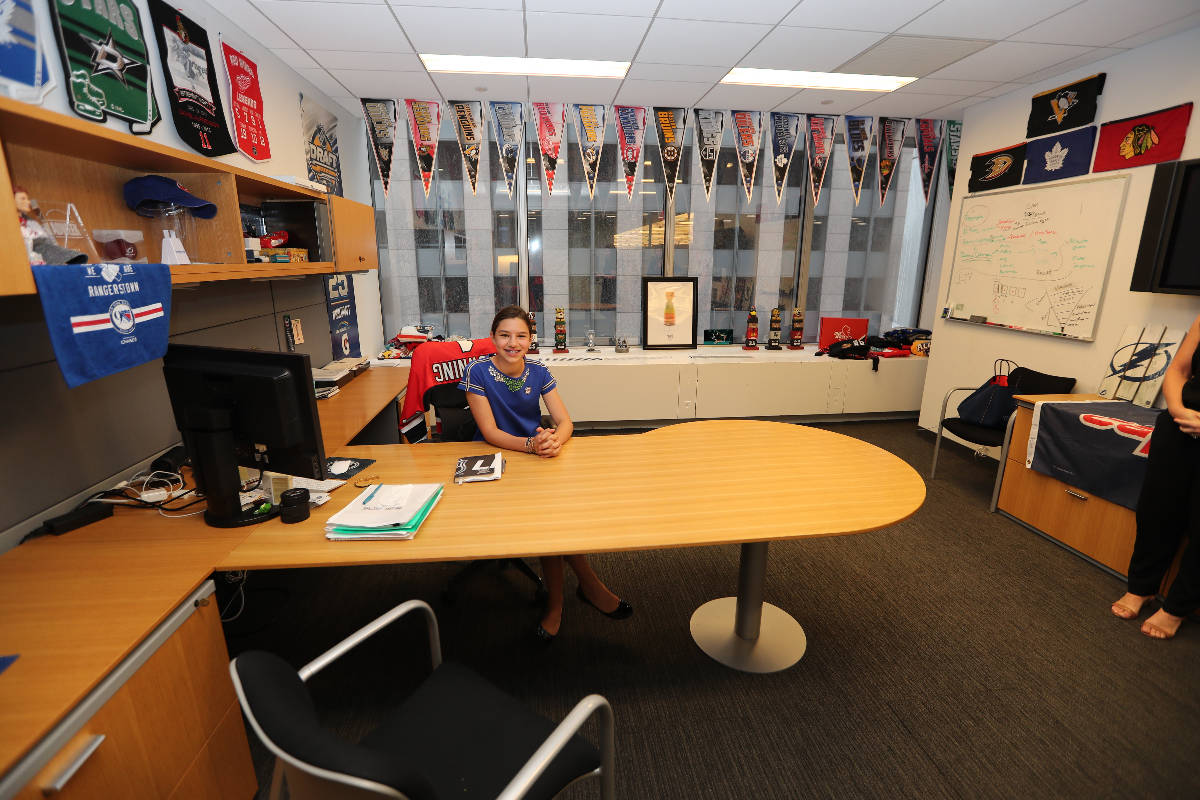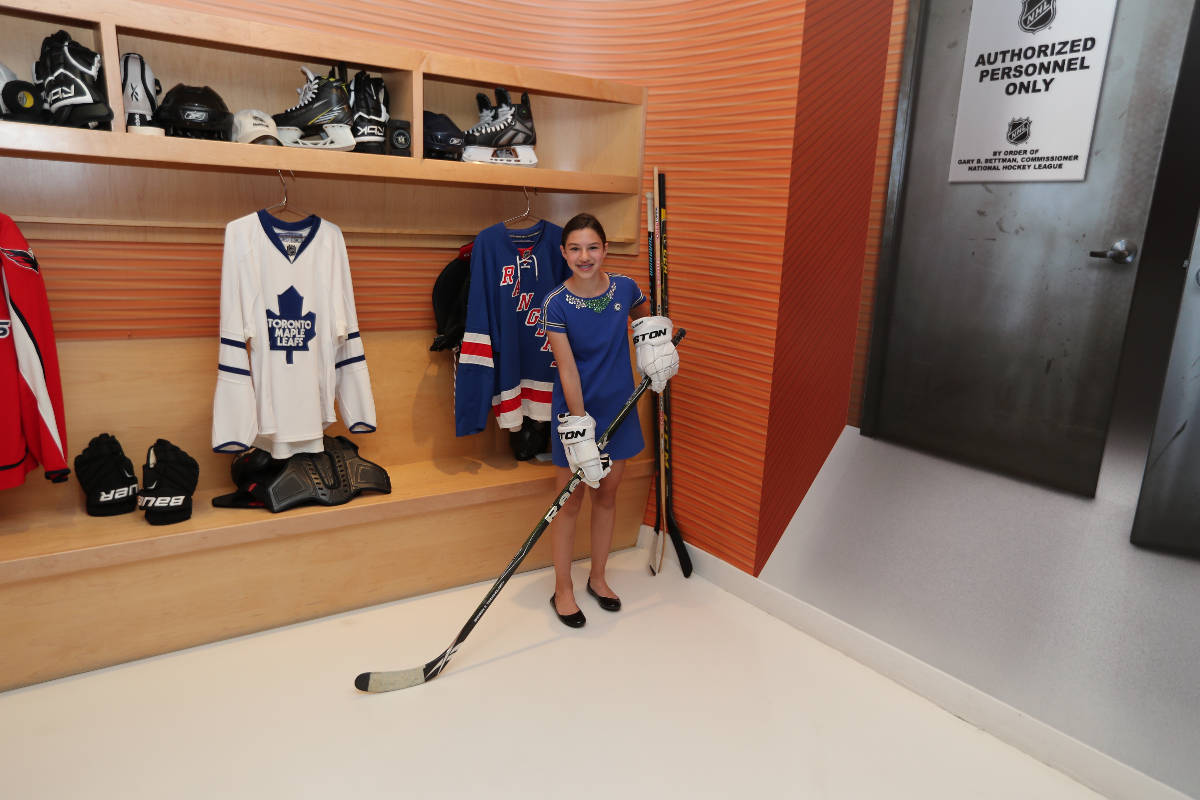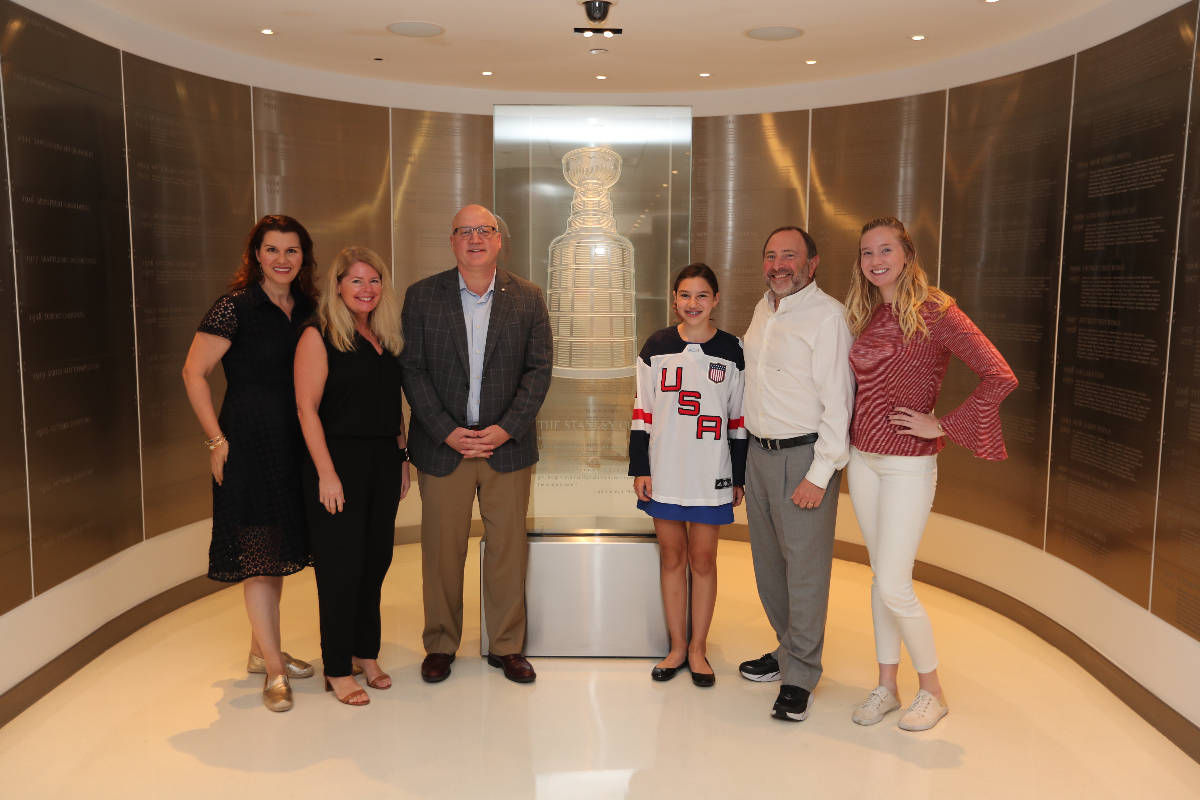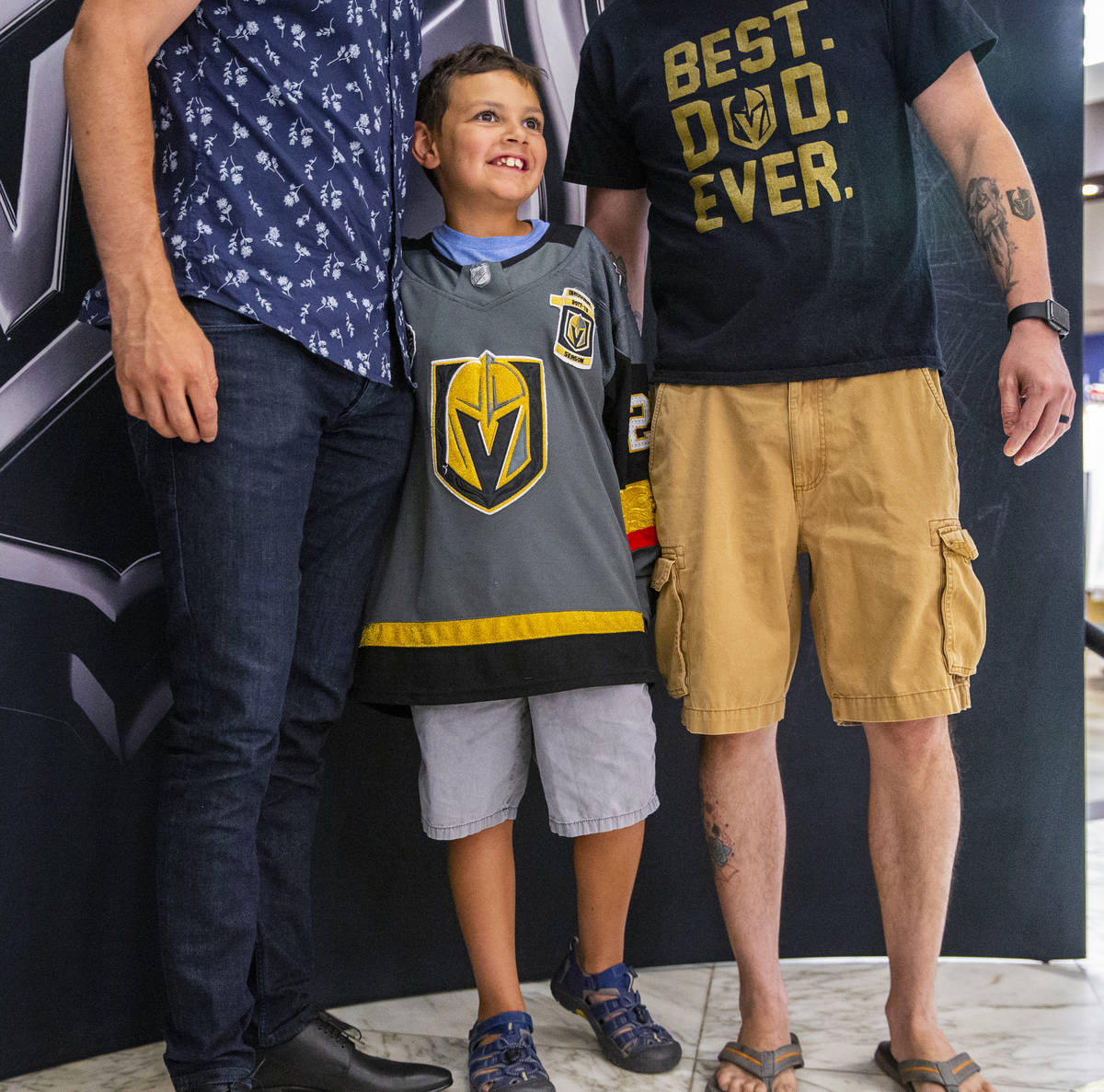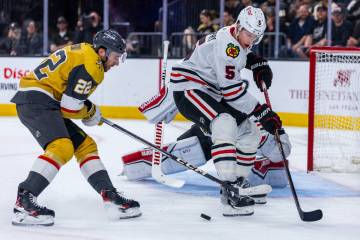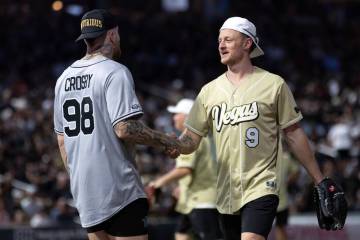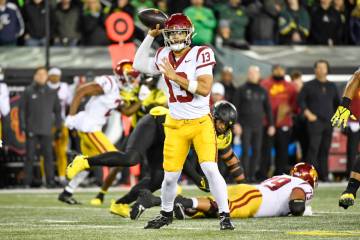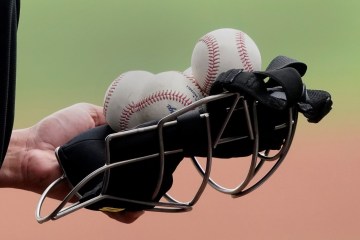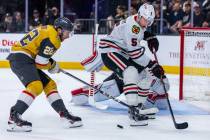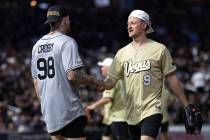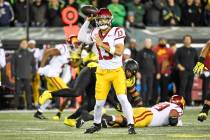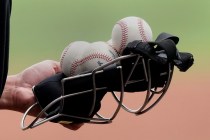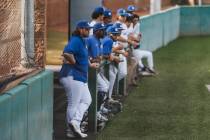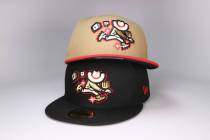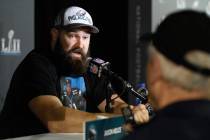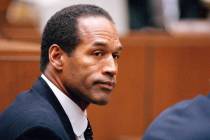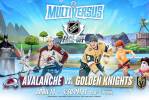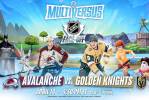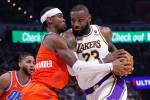The generation that is changing the face of sports fandom
Hockey fan Sabrina Solomon knew from an article in the Wall Street Journal that the NHL wanted to make inroads with the younger generation.
Her generation.
So she did what someone of an older generation might do — she wrote a letter.
That letter four years ago from the then-11-year-old Solomon led to her being invited to the NHL offices in Manhattan and meeting Commissioner Gary Bettman and other officials, a short trip for the Rangers fan who lives on Long Island. Because of Solomon, who arrived with a complete Power Point presentation, the league created a focus group of 15 teenagers called the
NHL Power Players who meet regularly.
Solomon’s presentation “was a huge a-ha moment for us as marketers,” NHL chief marketing officer Heidi Browning said at an online conference about appealing to the Gen-Z audience. “We’re doing all these great things, but if they’re not resonating with that next generation, we need to tweak it and listen a little more.”
Solomon, now 15, said in an email that the NHL not only listened, but acted. She pointed out that especially through social media the league has “become much more effective in connecting and engaging with a younger and more casual fan base.”
Not just the NHL, but all leagues and teams must seriously reach out to those who make up Generation Z, roughly those born after the mid-1990s, to ensure they remain viable.
“The reality is — all the data points to this — if you don’t get someone as a fan by the time they’re 18, you’re never going to get them,” NFL chief marketing officer Tim Ellis said. “There’s no acquisition strategy for a 35-year-old.”
Who is Gen Z?
There are encouraging signs that early efforts to reach this audience are working. Research shows the younger generation is into sports perhaps even more than those who came before them.
That’s especially true with the NBA, where 40 percent of the fan base is made up of those under 35, according to Kate Jhaveri, the league’s chief marketing officer. She said the NBA leads all leagues with 1.9 billion followers across various social-media platforms, including player and team accounts, a 43-percent increase over the past three years.
“We find that not only is the audience excited about the NBA, but our internal research suggests that they’re spending more time on our content than other fan groups,” Jhaveri said. “We feel like Gen Z is definitely an audience that we want to continue to focus on.”
But interest from Gen-Z fans is not just in the NBA. 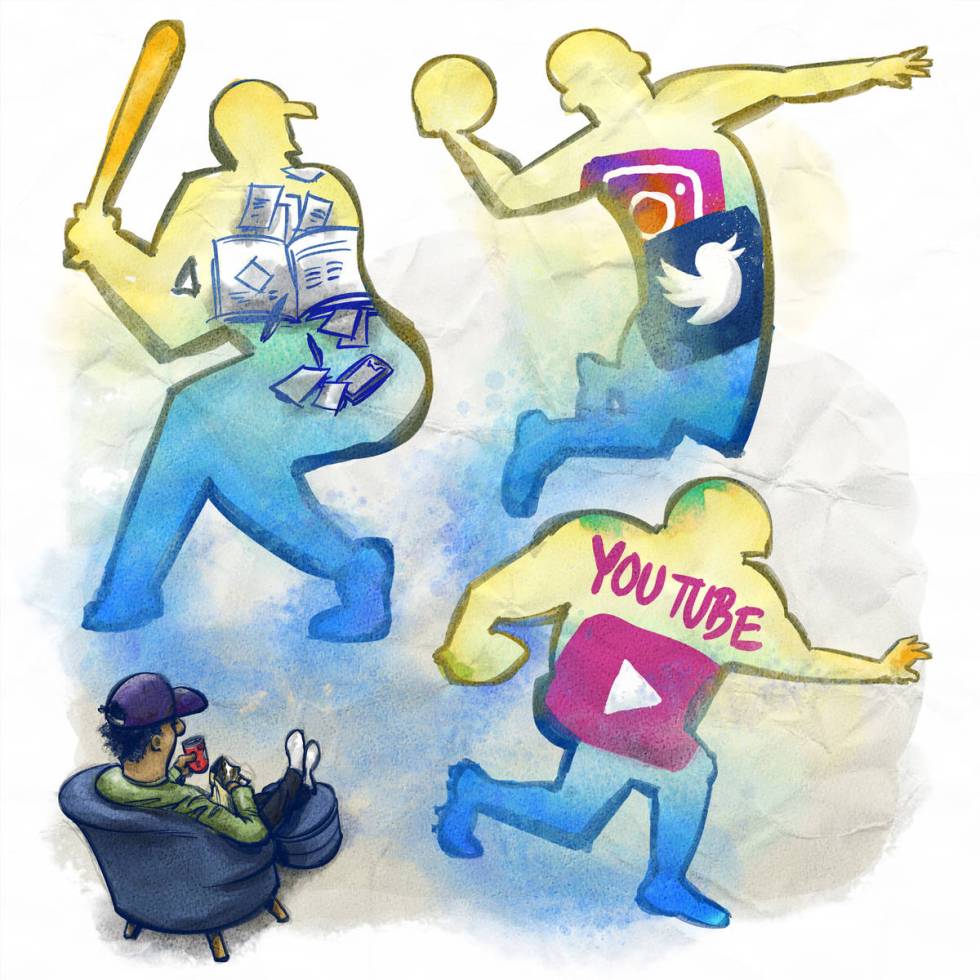
Even Major League Baseball, which generally has an older demographic, has seen a 253-percent increase over the past year in users searching its MLB Film Room on the league website. Eighty-one percent of viewers of the original YouTube baseball content found there is from those under 34.
The WNBA, which has been particularly focused on attracting younger fans, saw its TV viewership increase by 68 percent last season, along with a 75-percent increase in social-media followers. On platforms TikTok and Snapchat that draw younger followers, WNBA chief operating officer Christy Hedgpeth said the league is “either above or on par with a lot of major men’s leagues,” including the NHL, NASCAR and Major League Soccer.
“We’re really objectively demonstrating that we’re drawing, and we’re drawing in young fans,” she said.
Mark Beal, assistant professor of professional practice, communication at the Rutgers School of Communication and Information, said his research shows interest in sports is there with this generation.
“They are just not their mom and dad,” Beal said. “They’re not their grandfather and grandmother. They’re not past-generations sports fans. They consume content, including television as well as live in-person events, differently, and that’s what sports leagues, sports teams have to understand.”
What Gen Z wants
Beal’s message is getting out. He has written two books about Gen Z. But as recently as 2018, he wasn’t getting calls from leagues and teams about how to help reach that audience.
That changed in 2019 when he was invited to Las Vegas to speak to more than 300 minor-league hockey executives and in October when he made an online presentation to MLB and its 30 clubs.
In those discussions, Beal made clear that Gen-Z fans don’t have the patience to watch games from start to finish. They are still interested in games, especially if there is a gambling or fantasy sports element, but are more likely to catch highlights on YouTube or TikTok.
It’s why leagues have been much more open to promoting fantasy sports and gambling, when the latter topic was especially taboo. That Las Vegas now is home to NFL and NHL teams speaks to the changing stance on those issues.
The Brooklyn Nets-Philadelphia 76ers game Wednesday received traditional play-by-play and analysis by ESPN, but sister channels ESPN2 and ESPN Plus aired a betting-centric broadcast. Such a broadcast even as recently as five years ago would have been unthinkable.
“As betting becomes legalized across different states, we definitely want to ensure that our fans can engage in ways that they’re interested in and across channels where they already are,” the NBA’s Jhaveri said. “For us, it really is coming back to who our fans are, what they’re looking at, and as it continues to evolve, we’re going to continue to innovate.”
Sports executives also recognize they must meet the Gen-Z crowd where they find them and are trying to find creative ways to use social media to accomplish that.
That has been a particular challenge for the NHL, where the culture stresses the team over the individual. So the league has worked with players on expanding their social-media reach, including informally with the Golden Knights, such as in 2019 setting up Ryan Reaves through Google Cameo, a video app that allows fans to ask questions.
When Browning joined the NHL in October 2016, the league had the fewest number of athletes on social media “and those who were on posted the least. So we’ve been working on a culture shift that it’s OK to be on social media. It’s OK to showcase your personality. We’ve seen an incredible evolution over time.”
During the pandemic pause last year, 611 of the league’s 700 players were active in some form on social media.
Baseball has made a similar push. Last season it created a four-episode YouTube series with the New York Mets’ Pete Alonso, a former Las Vegas 51 star, who wore a microphone to give fans a feel for being inside the game.
MLB’s Newly Bros video series highlights players’ personalities by having players who are close friends answer questions to see how well they know each other. MLB Film Room lets users create their own set of highlights by gaining access to every play.
“I think this generation is less inclined to pick a game, turn it on, let it run for three hours until it’s over,” said Chris Marinak, MLB chief operations and strategy officer. “I think they’re more inclined to bounce around. They’re more inclined to want to see different things, new experiences. So for us, it’s the same kind of thing. We need to give them what they’re asking for.”
The same can be said for the in-game experience.
It’s part of why the Colorado Rockies have a rooftop bar, and the San Diego Padres have a bar/restaurant inside the historic Western Metal Supply Co. building that the ballpark is built around.
Those sorts of diversions are important at the minor-league level, too, a key reason a swimming pool was installed when Las Vegas Ballpark was built and TVs were placed throughout the stadium.
Then there’s the cellphone, which the Las Vegas Aviators will use for in-game promotions, such as discounted drinks during a particular inning.
“At the same time, that’s how you gather their data,” Aviators president Don Logan said. “The big goal everybody has is to expand that database, particularly with active users. … How do you get somebody that might come one or two times to come three or four times?”
Leagues need viewers
That’s really the point.
Leagues and teams might need to reach Gen Z where they sit, but they still need to get them to move to a TV screen or an arena or stadium.
Their futures depend on it.
Beal said putting games on network TV will still be a major priority for leagues because its reach remains strong. But over the next decade, he said to expect streaming services such as Amazon to get more and more airings.
“I don’t think network TV is ever going to go away,” Beal said. “They’ve got the budgets. But as more advertisers are spending more dollars each year on digital channels … that means that those channels could have the revenue that they could dip their toe into securing rights for a specific number of games, specific nights of games or days of games, things like that.”
The NFL notably experimented by placing a playoff game last season on Nickelodeon. The Chicago Bears-New Orleans Saints game received the traditional network coverage on CBS, but Nickelodeon appealed to its much younger demographic by putting virtual slime in the end zone after a touchdown and having “Young Sheldon” actor Iain Armitage pop up to explain officiating calls.
“What was cool about that was not only did young people pay attention in numbers we’d never seen before, but a huge portion of the viewers were parents and adults even without kids,” the NFL’s Ellis said. “It was so fresh and interesting that people just ate it up.”
The COVID-19 pandemic has created a general pent-up demand for fans to return to stadiums and arenas, including among the youngest generation.
“Gen Z, they’re ready to come back,” the NHL’s Browning said. “They’re the most excited about it. They love live experiences. I think it’s a myth to think that they’re not ever going to go to games. I think that’s exactly what they want to do.”
Contact reporter Mark Anderson at manderson@reviewjournal.com. Follow @markanderson65 on Twitter.
Gen-Z online poll
Source: Mark Beal, Rutgers professor
Date: Survey conducted week of March 15
500 Gen Zers nationwide, ages 13 to 24
257 women/243 men
Question No. 1: Do you have an interest in following the Olympic Games this summer?
50 percent Yes/50 percent No
Question No. 2: Do you have an interest in attending a Major League Baseball or minor league baseball game this spring/summer?
37.60 Yes/62.40 No
Question No. 3: As the world recovers from the pandemic, what is one of the first things you would like to do that you have been unable to do in the past year? (select all that apply)
13.07: Travel/Fly
11.97: Go to a movie
11.92: Go out and eat/drink with friends
10.13: Attend a music event/concert
10.02: Attend a family/friend event/party
8.32: Attend a sports event
8.00: Go to gym/fitness club
6.74: Return to school/campus
6.74: Go to an amusement park
NOTE: There were other options that received fewer responses



